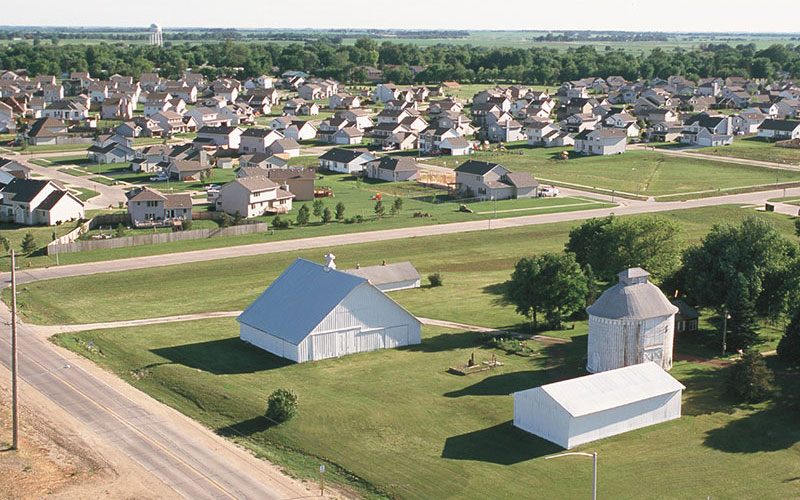
How to deal with the urbanization and conversion of productive farmland away from food production, will be the topic of discussion in a 15-week series of courses taking place on Tuesday evenings at the University of Nebraska–Lincoln East Campus.
The series will be led by Chuck Francis, professor of agronomy and horticulture at the university, and Amy Swoboda, farm and ranch staff attorney at Legal Aid of Nebraska. The course is open to the public and runs Jan. 10 to April 25, 6 to 9 p.m. in the Goodding Learning Center, 280 Plant Sciences Hall. The cost for educational materials is $50 per person.
“If you consider the growth in our country’s population at just over 1 percent each year, and the conversion of prime farmland to other human pursuits at a rate of over 1 million acres per year — by the year 2050, we will have about half as much good land per person for food production, as we have today,” Francis said. “Including land used for export crops, we estimate that production per acre will have to increase by 70 percent to meet future demand.”
How is this happening? According to Francis, some land is lost due to degradation. Far more land is diverted into other uses — highways, shopping malls, urban sprawl, industrial development and decisions by land owners to get the highest economic gain from land in the short term. Other changes in land use include focus on energy crops, production of raw materials for industrial use and feed production for animal agriculture.
Are there alternatives through land-use planning? In this series, participants will learn how rural land use is decided, explore methods of preserving land in agriculture, develop planning and land-use tools for the long-term future and learn how to communicate with the public through the media.
Go to http://go.unl.edu/urbanization to register for the series.
For more information, email Chuck Francis at cfrancis2@unl.edu or call 402-472-1581.
More details at: http://agronomy.unl.edu/news/where-has-all-farmland-gone